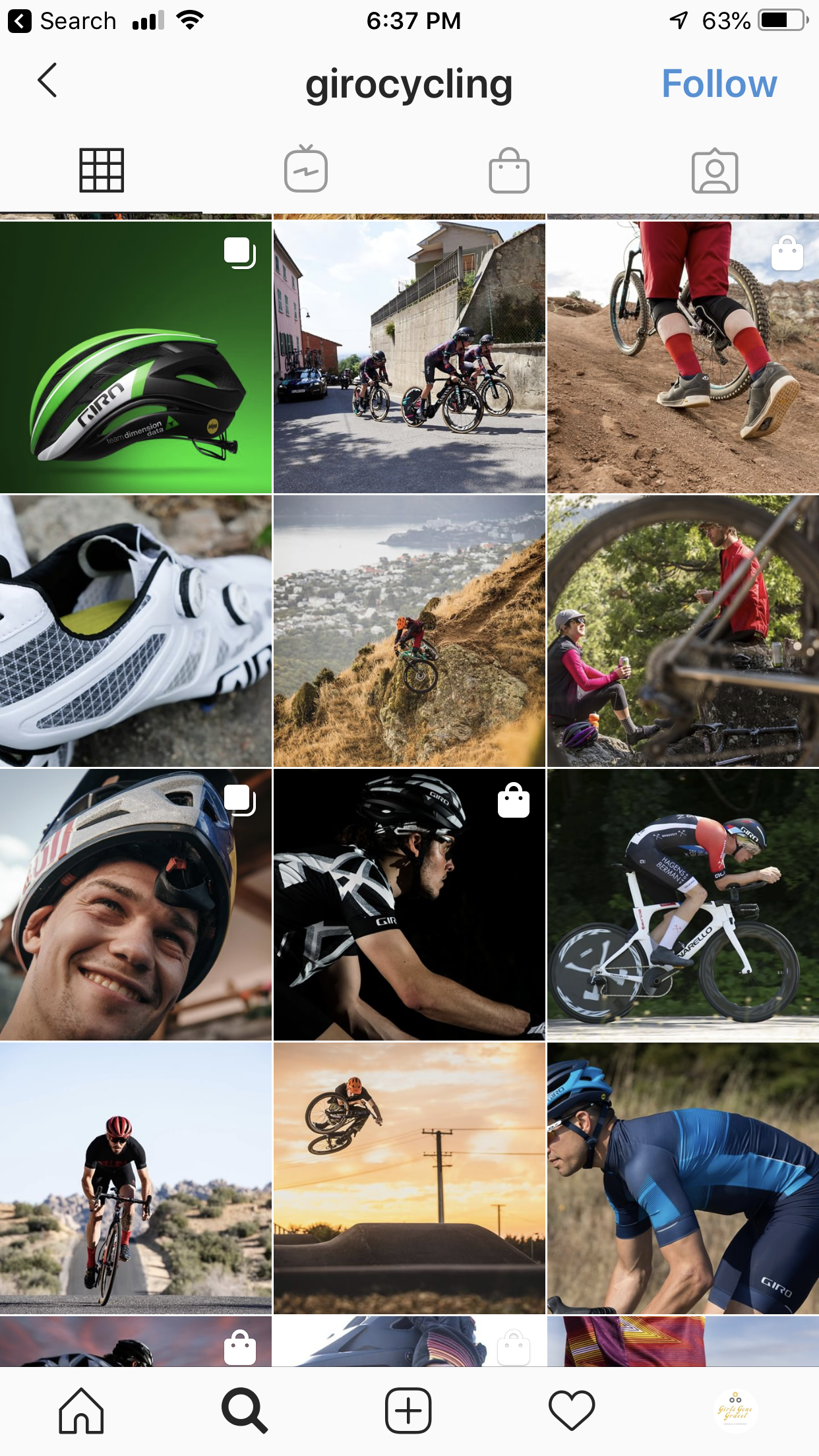How the Cycling Industry is Failing to Engage Women One Photo at a Time
One of the biggest frustrations I’ve felt with the outdoor industry, particularly the cycling industry, is their lack of quality marketing targeted at women. I was having a conversation with my friend Tom Henell, who is pretty brilliant at this stuff if you ever need someone to brainstorm with, and this subject came up. Tom just left Spartan Races and he was having some similar conversations within his scope.
Tom had completed a series of focus groups for women within Spartan and he consistently heard from women that they didn’t want to be marketed to differently than men. I’ve also heard that same idea from friends on marketing teams within the cycling industry.
In my opinion, that excuse is the lazy way out. It makes it easy to keep using the same images of a fully decked out skinny cyclist with a look of pain on HIS face as he rides to victory. Or in the off-road cycling community, to use those breathtaking photos of spectacular feats on a bicycle that makes a 35-year old mother of two think that there’s no possible way she could ever ride a mountain bike.
I think the problem is not that women don’t want to be marketed to but that we want to be marketed to in a way that inspires us rather than in the ‘shrink it and pink it’ method that the outdoor industry has traditionally chosen. We don’t want to be treated differently, but we do want to see ourselves in your marketing.
One of the most powerful ways to market to women (or men) is through imagery. Images are used to communicate success. Images inspire people. They help a customer dream new dreams. Images create a feeling that people will have toward your brand. The images a brand chooses to use are incredibly important.
So let’s take a quick audit of some outdoor brands, primarily focused on the cycling industry. I took a screen shot of 12 photos on the Instagram pages of some popular brands. As you look at these, ask yourself,
‘Do I connect with these images?’
“Can I see myself in their marketing? Can my friend who is just thinking about getting a bike see herself?’
Note, since the Tour is currently underway, I did go back a bit further in some of the feeds…although the lack of female participation in the Tour could be another whole blog post in and of itself.
Castelli Cycling makes cycling kits and accessories. Here’s a screenshot of their pre-tour Instagram feed. Hello gentlemen….
Cervelo is another popular bike brand. If you’re not racing, it doesn’t look like you can ride a Cervelo..
Giro, a brand that is known for its helmets, has 3 women featured in the snapshot of their feed. Of course, one is sitting on a rock and I think one is a woman but it’s hard to tell..
Cycling Tips, a place where you should be able to go get….well tips on cycling does have a few great shots of women in their feed but if I were scanning through their instagram feed, I would think the community should more aptly be named “race photo tips” rather than cycling tips.
Trek Bikes is the winner in the cycling industry — with an equal number of photos of men and women in their feed. Trek just announced a women’s cycling team last June and has plans so they are likely more conscientious of it than other brands.
As a brand, it’s easy to think, ‘No big deal. It’s just a photo’. But photos reflect the community. If women can’t see themselves in a brand’s community, then they are missing an opportunity to create a loyal customer. If potential cyclist can’t see themselves in a brand’s community, then they are creating a barrier rather than an entry point.
Most brands are developing some type of photo assets and often those are passed on to local retailers to use in their stores and in any online marketing (websites, emails, social media posts). Local retailers have even less time and resources than brands to create in-store displays or online marketing materials. It’s really important for the brand to think about how they can help the local retailer be successful with the assets they create.
Of course, this goes beyond just a gender issue. As you start to scroll through Instagram feeds, website, newsletters, online catalogs and other digital assets created by brands, you’ll start to notice a lack of diversity. Specifically, in the outdoor and fitness industry, you’ll notice that every body type is perfectly toned and typically white.
While the cycling industry may say that it’s too hard or women don’t want to be marketed to, other brands in the outdoor industry have been very successful in this space. Need a little inspiration? Just look at REI. My guess is REI understood that if they didn’t start marketing to women and people of color, they were going to lose a lot of potential revenue. Not only do they have well-curated images on their website, they also reach out to everyday people and share their adventures on their Instagram feed.
Good photography can be both expensive and time-consuming but it can also tell a story for a brand faster than any other asset they might create.
A picture is worth a thousand words. Images tell the story of how a customer can experience success if they engage with a brand. As brands curate their social media feeds or develop assets to use online or in-store, they should reflect potential customers — even brand new cyclists who are scared to clip in and don’t have all of the fancy gear.
If you have any examples of brands who are doing this very well or very badly, please share in the comments!






